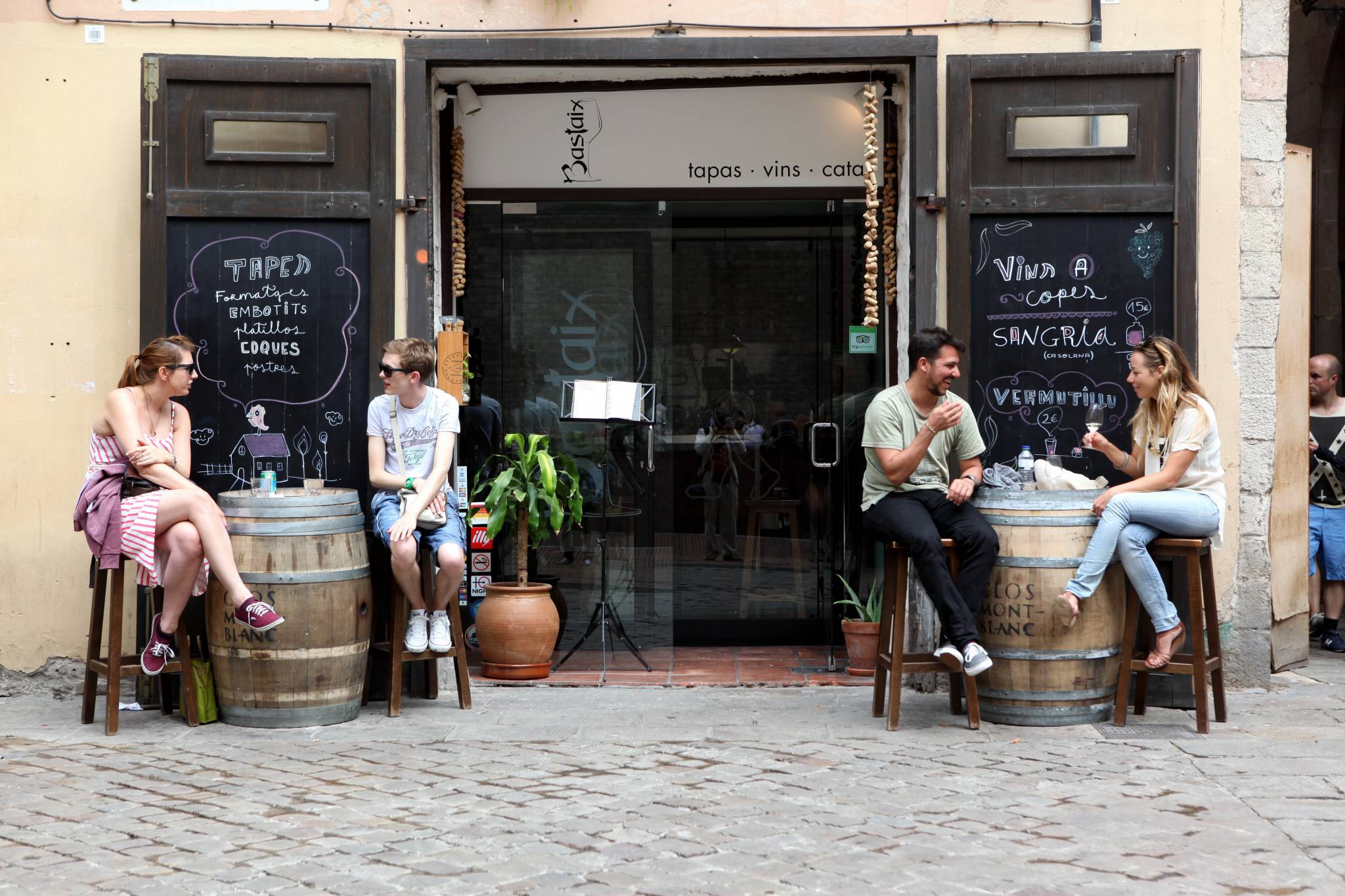Barcelona’s Gothic Quarter is not just a neighborhood—it’s a time machine with better espresso. Nestled snugly between Las Ramblas and Via Laietana, the Barri Gòtic (as the locals call it) is where the soul of the city slinks through medieval alleyways, whispers from Roman ruins, and wafts temptingly from the doors of tapas bars at precisely 6:30 p.m.
If you’re searching for the heart and history of Barcelona, skip the hop-on hop-off bus and lace up your most comfortable mosaic-worthy shoes. This isn't just a sightseeing walk—it's a wander, a flirtation with the past, and a shameless flirt with churros.
Let’s dive in.
Open-Air Museum Chic
Start at Plaça Nova, where two ancient Roman towers still stand like aging bouncers to what was once the fortified Roman city of Barcino. From here, history breathes heavily down every corridor. Look up—you’ll see fragments of 4th-century aqueducts precariously clinging to medieval facades. Look down—those stones your Birkenstocks are clacking against? Older than most nations.
Make your way to the Catedral de Barcelona (officially: Cathedral of the Holy Cross and Saint Eulalia, unofficially: Absolutely Not Sagrada Família). A loomed Gothic masterpiece, she seduces her visitors with flying buttresses, a cloister filled with suspicious geese (13 to be precise—each one honors a tortured year of Saint Eulalia’s life), and enough stories to make even Gaudí blush.
While you're outside, pause under the iconic Gothic bridge on Carrer del Bisbe. This neo-Gothic sweetheart was added in 1928 and has Instagram more than earning its dues. But legend says if you walk underneath without being cursed, you’re doing better than most.
A Roman City in Disguise
Before Barcelona was Gaudí’s playground, it was a Roman outpost. Underground—yes, literally below the streets—you’ll find MUHBA (Barcelona City History Museum). Descend from Plaça del Rei and explore wine vats, laundry facilities, and even fish-sauce factories (glamorous!). You’ll walk through a preserved labyrinth of Roman Barcino’s day-to-day life—all somehow eerily similar to our obsession with fermented things and laundry rooms.
Medieval Serenades and Modern Tapas
For something less subterranean, explore the twisty streets surrounding Carrer del Call—the old Jewish Quarter, where whispers of Sephardic life linger in faded crests and hidden synagogues. Be sure to visit Sinagoga Major de Barcelona, one of the oldest synagogues in Europe—you’ll find its humble entrance unintentionally modest, like it’s in on a very old joke.
In between your cultural enlightenment sessions, do yourself the favor of biting into truth via a tapa. Options abound, but Bar Del Pla (https://www.bardelpla.cat) knows what it’s doing. Order the Iberian ham croquettes and drink slightly too much vermouth. It's what the saints would have wanted.
Don’t Skip: Els Quatre Gats, the art nouveau café that once caffeinated Picasso into Cubism. Step inside for a cortado and feel your existential fuzz wear off in the hum of literary ghosts.
Soundtrack Provided by Street Life
At sunset, the Gothic Quarter truly sings. Plaça Reial, framed by swaying palms and iron lanterns (courtesy of a young Gaudí), comes alive with live music and street performers whose talents range from angelic flamenco to… interpretive robot mime. Pick your poison, sip a local cava, and enjoy the nightly show.
Markets and Mysticism
Want to take something home that isn’t a fridge magnet? Hit up the Mercat Gòtic antiques market held at Plaça Nova (Thursdays). Or dip into a tucked-away bookshop like Libreria Altaïr—an adventurer’s treasure trove—or an esoteric paper store you swore was from Diagon Alley.
For those who need their past with a bit more ghost, yes, there are evening walking tours. And yes, there may or may not be a decapitated nun.
Getting There and Staying Present
The Gothic Quarter is a short stumble from most central Barcelona Metro stops—Jaume I and Liceu are your best bets. Start early, bring a good map (though getting lost is half the point), and above all, resist the urge to rush. This neighborhood rewards wanderers.
Remember, this isn’t just a tourist quarter—this is the city’s historical heartbeat. Treat it with a bit of reverence, a splash of sangria, and your full appetite (literal and otherwise).
For more details on Barcelona tourism, timings, festivals, and what to wear when walking into a church, visit the official site: https://www.barcelonaturisme.com
Frequently Asked Questions about Barcelona’s Gothic Quarter
Q: Is the Gothic Quarter safe to visit?
A: Absolutely! Like any bustling urban area, pickpocketing can occur (especially in crowded spots), so be mindful. But overall, the Gothic Quarter is a safe and welcoming neighborhood for travelers.
Q: What’s the best time of day to visit?
A: Mornings are peaceful and ideal for photographs. Afternoons bring pleasant hustle. Evening is pure magic—with mood lighting, live music, and cozy meals.
Q: Are there guided tours of the Gothic Quarter available?
A: Yes! From historical walking tours to ghost and mystery night strolls, there are plenty of ways to experience the area with a knowledgeable guide. Look for highly rated options on platforms like GetYourGuide or Viator.
Q: What is the Gothic Quarter in Barcelona famous for?
A: The Gothic Quarter is renowned for its labyrinthine medieval streets, ancient Roman ruins, majestic Gothic architecture, and vibrant local culture. It's one of the most historic and atmospheric districts in all of Barcelona.
Q: How much time should I set aside to explore the Gothic Quarter?
A: Ideally, set aside at least half a day to explore the Gothic Quarter. You'll want time to wander the twisting alleys, explore museums, bask in cathedral glory, and indulge in tapas at a street-side café.






































